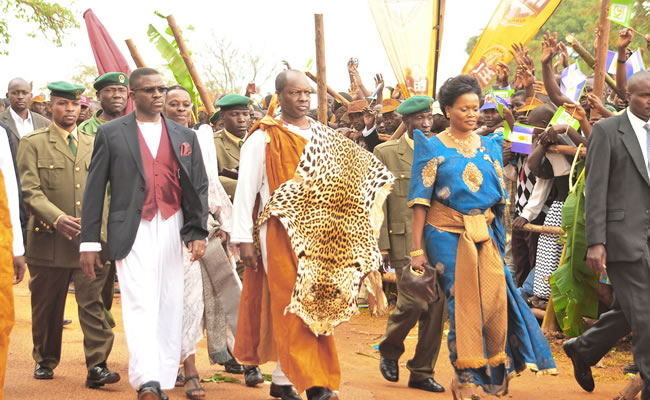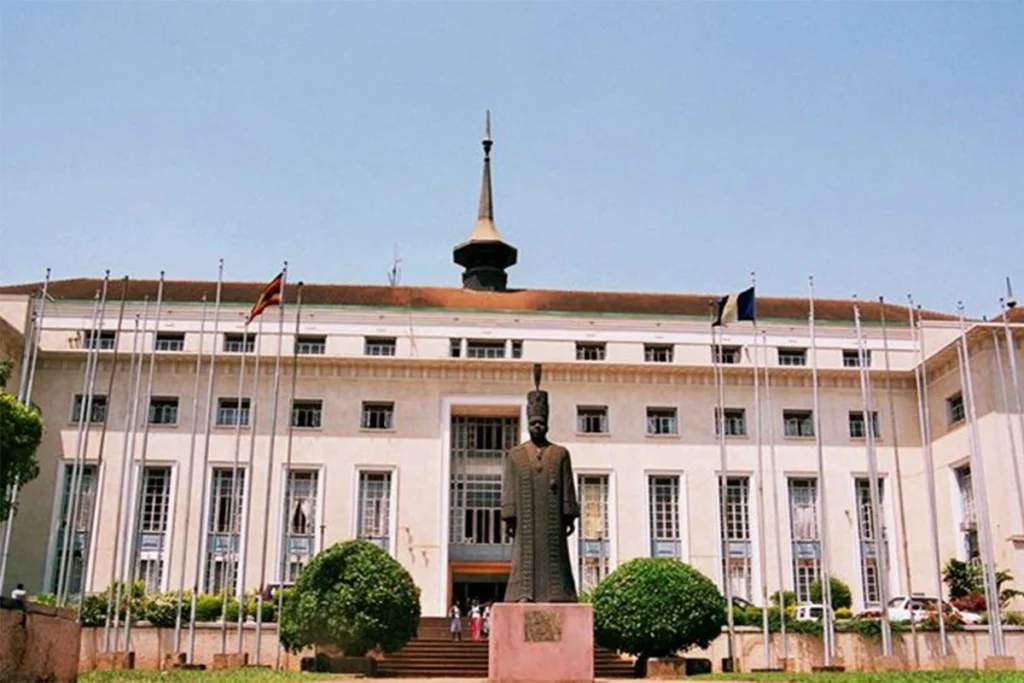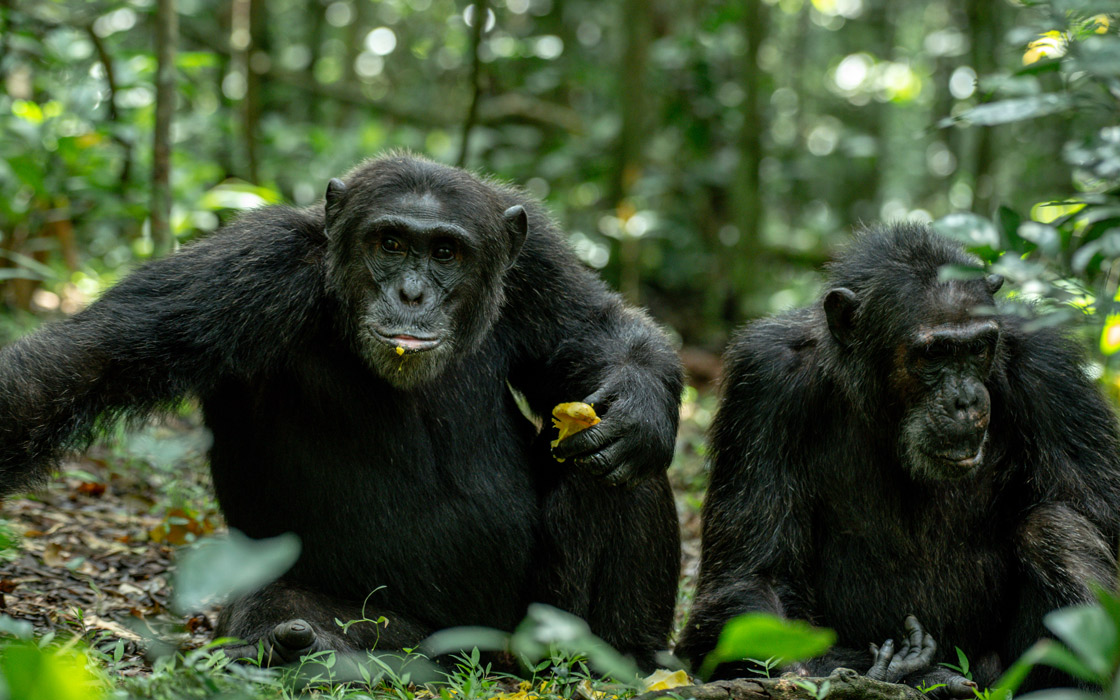
Cultural tourism in Uganda
Cultural tourism in Uganda
Cultural tourism in Uganda : Uganda`s tourism potential extends beyond national parks and internationally recognized tourism sites. The country also offers diverse cultural tourism through its many communities the country has 56 tribes, as recognized in the 1995 constitution, with each group having its unique ways of life, different languages and presenting a fertile ground for exploring and learning.
One of such tribes are the baganda, one of the largest tribes in Uganda. These are found mostly in the central part of the country, especially in the capital Kampala and Masaka district. Baganda, whose language is Luganda belong to the Bantu ethnic group. They are one of the few tribes in the country who are organized under a cultural leader, the Kabaka (king) of Buganda. The Kabaka is revered by his subjects, as seen through some of the names used to address him, like Sekabaka, meaning king of kings. The current Kabaka of Buganda, Ronald Muwenda Mutebi II, lives in a palace called Olubiri. There are several palaces, located in different parts of the kingdom. These are unique and beautiful structures, which, although are not open to the public, are a sight to behold, especially since they are located on hills and therefore can be sighted from a distance away.

Buganda is also famous for the burial site of their fallen kings, locally known as Amasiro, which are located in Kampala city. These are a UNESCO heritage site, because of the rich history they are preserving. They are an amazing place to visit, in order to see where several dead Buganda kings have been buried. It is also believed that the Amasiro harbor the spirits of these fallen kings, with several traditional ceremonies usually performed there, especially during coronation anniversary celebrations for the reigning Kabaka of Buganda.
Another place worth vising in Buganda is the kingdom parliament, known as Bulange. This is where the different leaders of the Kingdom meet to deliberate about several issues for the benefit of their subjects and the growth and development of Buganda Kingdom. Worth mentioning is that the road leading to Bulange has been beautified with clay moldings of plants and animals, representing the 52 clans of the kingdom. These statues also explain the clan names and their totems/taboos. These are not only beautiful but also show the different animals and plants that are locally accessible by the people. Another sight to behold is the gate used by the king (Kabaka), while going to the Buganda Parliament. On a normal day, this gate is closed and is only used by the Kabaka. It is constructed with two pillars that are shaped like long traditional drums known as Engalabi.

Buganda kingdom is also strongly connected to the Uganda martyrs, and therefore to the Uganda martyrs’ shrines. This is because the martyrs were killed on the orders of then Kabaka Mwanga in 1885. These shrines, are worth a visit, because they have been designed in ways that show the journey leading to the deaths of the martyrs.
Baganda also boast of a traditional dance that is very entertaining and captivating. This dance, which is accompanied by several traditional drums providing the beats, is partaken in by men, women and children. Several traditional dance groups have been formed and visitors get the experience through watching them perform. Apart from the dance, baganda also showcase different local delicacies. For one interested in tasting local cuisines, there are variety to choose from. They include banana meals locally known as matooke, which are steamed in banana leaves and fibers, and groundnuts sauce, with either beef or smoked fish. This also comes with the whole cooking process, over open flames, using firewood, an experience worth enjoying.
The Baganda in Uganda, are a unique and special group, that have a known dress code, particular burial rites, marriage procedures among other distinct values which offer a new perspective on tradition, while offering beauty and diversity.






